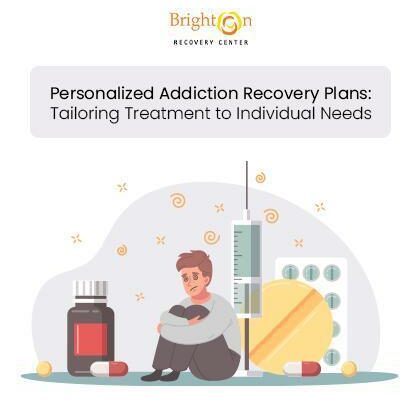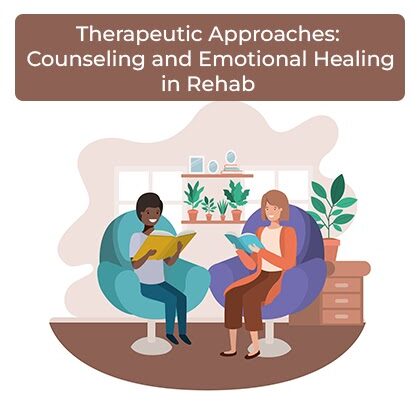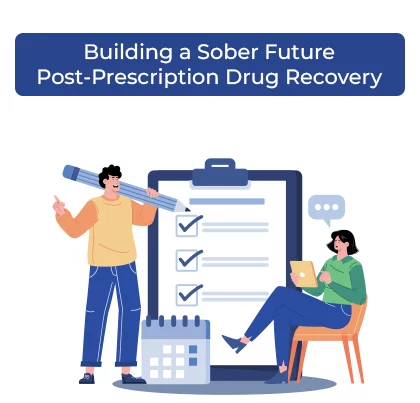[vc_empty_space]
Symptoms of Sex Addiction
By: Kamrin Carver, LMFT, CSAT
Recently, while having a discussion with a colleague, the topic of sex addiction was raised. After a brief explanation of what he considered to be normal sexual activity, he innocently inquired, “I don’t know, is that normal?” Conversations such as these are quite typical in the lives of Certified Sex Addiction Therapists (otherwise known as CSAT’s). As much as many of us would like to consider ourselves experts in the field, a specific assessment utilizing the Sexual Dependency Inventory (SDI) must first be administered before the diagnosis of Sex Addiction can be applied. It is true that sex addiction is not listed in the Diagnostic and Statistical Manual of Mental Disorders (DSM), but years ago, neither were many of the disorders which are included today. It is imperative that we do not diagnose ourselves, partners, or friends, without first consulting a specialist who has been educated in the proper assessment tools and knows how to interpret them.
Sexual activity is a very personal and private area of our lives; therefore, those who may actually benefit from tailored interventions are remaining undiagnosed, while those who readily ascribe themselves the label tend to proceed haphazardly of their own volition, or under the direction of an untrained, yet well-meaning clinician. It is true that professionals are free to make claims that they are ‘qualified’ to treat these types of dysfunctions. However, without proper training, the possibility of inflicting more damage is significantly increased.
It is easy to succumb to the false impression that simply because sexual activity elicits guilt or falls outside of the social norm that it is automatically considered linked to sex addiction. This could not be further from the truth. Western civilization has evolved into a more puritanical construct, which has many of us at the mercy of our self-inflicted shame. It is common for us to believe that simply because a person engages in a significant amount of sexual activity that this automatically qualifies them for the diagnosis.
In order to understand the complexities of this disease, it is helpful to look at other behavioral addictions, and how these patterns have destroyed the lives of those who have suffered from them. Addiction can overtake any of our natural biological processes, and, with the age of technology, exacerbate otherwise dormant behaviors. When the pleasure centers of the brain are activated and dopamine is released, the brain learns to return to the things which produce pleasant sensations, and sometimes uses them to escape painful experiences. Many adolescents begin to exhibit sexual addiction tendencies when they fuse masturbation with pornography, boredom, and pain. The hyper-sensations created from these avoidant strategies can provide an instant relief which, if left unchecked, has the potential of resulting in severe sexual compulsion.
Early warning signs that sexual compulsion has advanced to addiction are included within other process and behavior addictions. Here are a few examples of the symptoms of sex addiction:
Symptoms of Sex Addiction
- Turning to the sexual behaviors in spite of negative consequences, such as lost relationships, jobs, productivity, or physical injury.
- A multitude of failed attempts to stop the sexual behaviors utilizing sheer willpower alone.
- A decrease in pleasure due to an increase in previously sexually pleasurable activities.
- Requiring more exposure to sexually pleasurable activities in an effort to elicit the same physiological response.
If you or a loved one is experiencing any one or more of the symptoms of sex addiction, please visit the International Institute for Trauma and Addiction Professional’s website to locate a CSAT near you. This website provides many resources and information for those who are looking to find relief. The assessment, “Am I a Sex Addict,” is available online and can be taken before meeting with your CSAT. The results can then be measured as a preliminary assessment to ascertain if the SDI is, indeed, necessary. As it is with substance addiction, involvement within a twelve-step program (such as Sexaholics Anonymous or Sex Addicts Anonymous) and therapeutic support groups have the potential to relieve the suffering and heal the brain of dysfunctional cycles and patterns.
For more information, please visit the International Institute for Trauma & Addiction Professionals (IITAP) iitap.com, Robert Weiss, LCSW, CSAT-S RobertWeissMSW.com, or www.sa.org
Kamrin Carver, LMFT, CSAT
Clinical Director at Brighton Recovery Center



